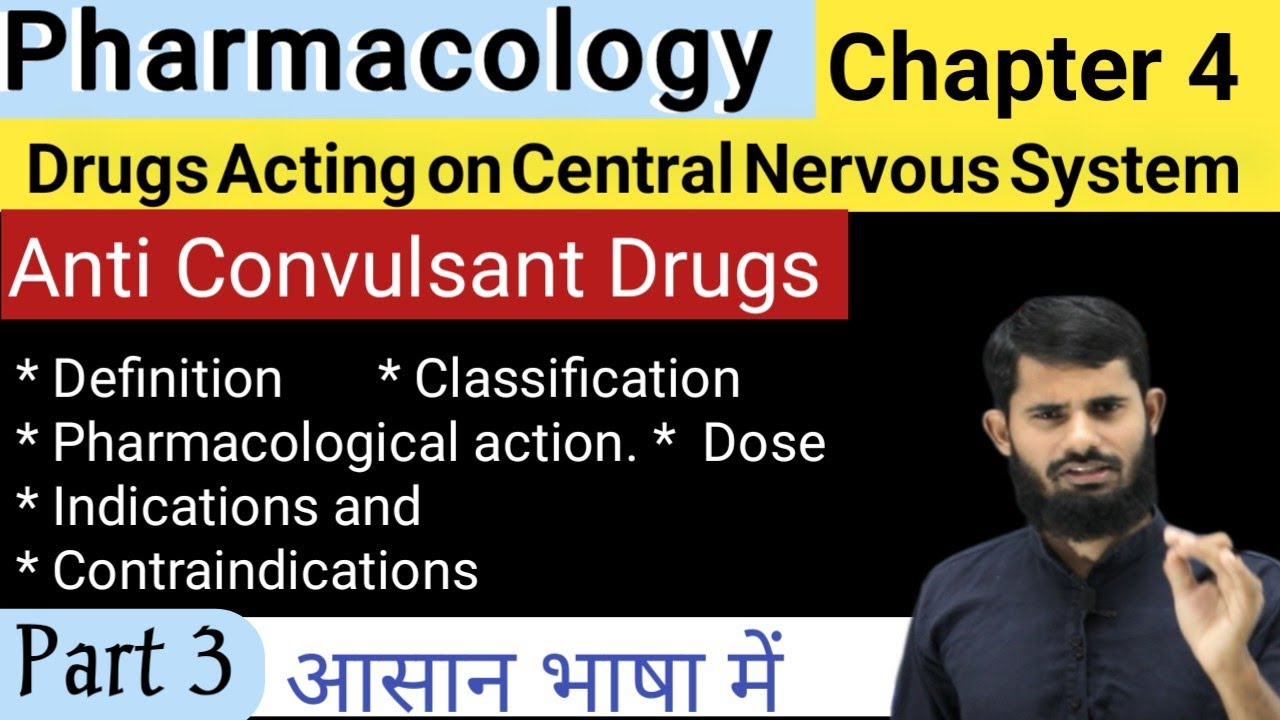Kejang pada anak? Ini yang kamu perlu lakukan sebagai Tenaga Medis!
Summary
TLDRThis transcript provides a comprehensive guide on the management of pediatric seizures, specifically focusing on status epilepticus. It outlines critical steps for emergency healthcare professionals, including diagnosing seizures, differentiating between symptomatic and asymptomatic cases, and determining appropriate treatment. The script discusses various medication options, including diazepam and midazolam, their administration routes, dosages, and potential side effects. Emphasis is placed on early intervention to prevent the progression to refractory status epilepticus, with detailed instructions on drug administration, monitoring, and escalation to advanced treatments. This resource serves as an essential guide for doctors handling pediatric seizure emergencies.
Takeaways
- 😀 Kejang in children should be evaluated promptly to determine if it's symptomatic or asymptomatic.
- 😀 For children experiencing seizures, if the seizure lasts more than 5 minutes, treatment with anti-seizure medication is required.
- 😀 Seizures lasting more than 30 minutes or recurrent seizures without full recovery are considered status epilepticus, which is a medical emergency.
- 😀 General practitioners play a crucial role in preventing seizures from progressing into status epilepticus by recognizing key seizure signs.
- 😀 The preferred initial treatment for seizures in children includes diazepam rectal or midazolam buccal, with careful attention to dosing and administration speed.
- 😀 Midazolam buccal has been shown to be more effective than rectal diazepam in some countries but is not available in Indonesia.
- 😀 If intravenous access is not available, midazolam can be administered intramuscularly or sublingually.
- 😀 In the event that seizures continue beyond 5 minutes after initial treatment, administration of further anticonvulsants like intravenous diazepam or midazolam is recommended.
- 😀 For status epilepticus, second-line treatments include intravenous phenytoin or phenobarbital, with careful dosing based on the child’s weight.
- 😀 In refractory status epilepticus, advanced treatments such as propofol or pentobarbital may be required, and the patient should be transferred to intensive care for continued management.
Q & A
What is the initial step when managing seizures in children?
-The first step is to determine whether the seizure is symptomatic or asymptomatic. If it's a seizure, assess the situation to decide on the appropriate treatment and medication.
How long should a seizure last before medical intervention is needed in children?
-Seizures in children typically stop on their own within 5 minutes. If a seizure persists beyond 5 minutes without signs of stopping, anti-seizure medication should be administered.
What is the significance of a seizure lasting longer than 5 minutes in children?
-If a seizure lasts longer than 5 minutes, there is a concern that it could develop into status epilepticus, which is a prolonged seizure that can be difficult to manage and may require more aggressive treatment.
What is status epilepticus?
-Status epilepticus is a condition where seizures last for more than 30 minutes, or seizures are recurrent with no recovery of consciousness between episodes. This condition is a medical emergency.
What should be done if a child is experiencing a seizure lasting more than 5 minutes?
-If a seizure lasts more than 5 minutes, the child should be treated with anti-seizure medication, and if necessary, transferred to a hospital for further care.
What are the first treatment options for seizures in a pre-hospital setting?
-In a pre-hospital setting, options like rectal diazepam or midazolam buccal are commonly used to control seizures before reaching the hospital.
What is the difference between rectal diazepam and buccal midazolam?
-Buccal midazolam is considered more effective and easier to administer compared to rectal diazepam. However, it is not available in all countries, such as Indonesia, where rectal diazepam may be preferred.
What should be done if seizures continue despite administering initial medication?
-If seizures persist, additional doses of medication should be administered, and further treatments like intravenous anticonvulsants (e.g., phenytoin or phenobarbital) should be considered.
What are the second-stage treatments for status epilepticus?
-For second-stage treatment, intravenous phenytoin or phenobarbital can be administered. The choice depends on the clinical situation and available resources.
What is the role of intravenous phenytoin or phenobarbital in the treatment of status epilepticus?
-Intravenous phenytoin or phenobarbital is used to manage seizures when initial treatments fail. They are administered carefully to avoid adverse effects, and the dosage depends on the patient's condition.
Outlines

This section is available to paid users only. Please upgrade to access this part.
Upgrade NowMindmap

This section is available to paid users only. Please upgrade to access this part.
Upgrade NowKeywords

This section is available to paid users only. Please upgrade to access this part.
Upgrade NowHighlights

This section is available to paid users only. Please upgrade to access this part.
Upgrade NowTranscripts

This section is available to paid users only. Please upgrade to access this part.
Upgrade NowBrowse More Related Video

Anti Convulsant Drugs || Pharmacology Anti Convulsant Drugs | #Anticonvulsant_Drugs

Tratamento da convulsão na pediatria - Dr Caique Acácio

Diarrhea by M. Baskind, B. Hron, C. Callas, H. Moulton, A. Onate | OPENPediatrics

DIASTAT Diazepam Gel rectal Administration Seizure Medication Training

Pediatric minor emergencies in OPD practice 1

DRUGS AVAILABLE AS PAEDIATRIC FORMULATIONS
5.0 / 5 (0 votes)